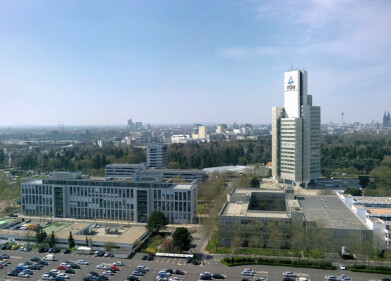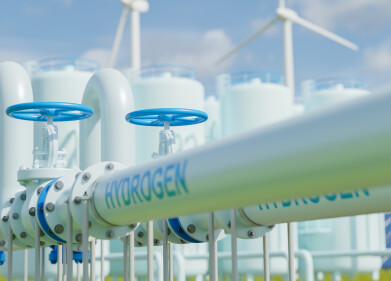Fuel for Thought
Research Award Given for Establishing Traceability for Measurements of Mercury Vapour in Air
Dec 19 2008
Mercury is a highly toxic and persistent pollutant found in ambient, indoor and workplace air. It is released into the environment from sources such as coal-burning power plants, crematoria and waste treatment processes.
The vast majority of mercury vapour measurements currently undertaken are ultimately traceable to the vapour pressure of mercury. This is given in the scientific literature by several different empirical equations, but the agreement between these is not good, with data from different equations sometimes differing by 5% or more. There is also no current international agreement on which is the best equation to use.
In order to solve this important measurement issue, scientists at UK based NPL (National Physical Laboratory) have collaborated with P S Analytical (UK) to link mercury vapour measurements directly to standards of mass thereby establishing traceability for these measurements to the SI system of units. These measurements are therefore no longer dependent on mercury vapour empirical equations and, crucially, measurements carried out by different laboratories at different times using different equipment, can be compared with confidence.
These outputs from the research are of great importance to the environmental chemistry community, particularly those engaged in air quality determination, and have many applications. For example, the traceability can be applied to the UK heavy metals monitoring network, which is operated on behalf of Defra by NPL (see Environmental Measures Issue 4 - Winter 2007) and requires the measurement of the ambient mercury vapour concentration at 15 monitoring sites across the UK. Other applications include the measurement of mercury vapour in indoor and workplace air - this is a particularly important issue as indoor levels of mercury are generally greater than those outdoors, and typical exposure times are longer.
This research gives the UK an advantage in preparing for the introduction of new European ambient air legislation. For example, work is on-going to bring in a standardised automatic method for the analysis of mercury vapour in ambient air as a possible replacement for the manual method in use in the heavy metals monitoring network.
Digital Edition
PIN 25.5 Oct/Nov 2024
November 2024
Analytical Instrumentation - Picturing Viscosity – How Can a Viscometer or a Rheometer Benefit You? - Sustainable Grease Formulations: Evaluating Key Performance Parameters and Testing Method...
View all digital editions
Events
Nov 26 2024 Paris, France
Nov 26 2024 Amsterdam, Netherlands
Nov 27 2024 Istanbul, Turkey
Biogas Convention & Trade Fair 2024
Nov 27 2024 Hanover, Germany
Dec 03 2024 Dusseldorf, Germany



















